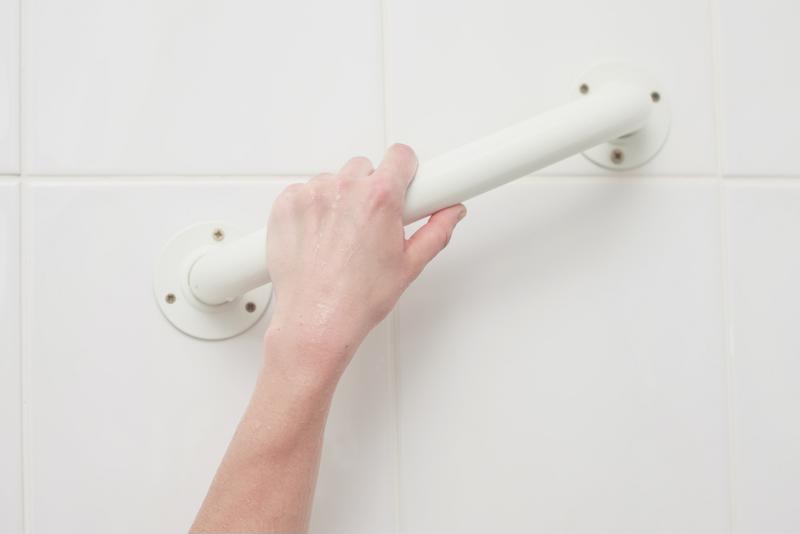People working in physical therapy jobs are well aware of the dangers of the bathroom. They've likely treated many patients who have injured themselves while falling on a slippery laminate floor or wet bathtub. It's also likely that they've worked with patients who need special care in the bathroom because they've already been injured. In fact, according to the Centers for Disease Control and Prevention, over 235,000 people over the age of 15 visit the emergency room each year because of bathroom-related injuries, and the older you get, the larger the chance of falling gets.
January is National Bath Safety Month, and it's up to physical therapists to spread the word when it comes to the importance of keeping your bathroom safe for use. Here are a few things that people in these jobs can tell their patients to help keep them safe:
"Keep your bathroom free of clutter."
Keep the bathroom tidy
Most people don't have the luxury of a large, spacious bathroom. This can lead to a small yet cluttered space – a real hazard when it comes to tripping. Falling in any room can be dangerous, but this is especially true of the bathroom, since just about every square inch of the room aside from the bath mat is a hard surface. Make sure you keep your bathroom as free of clutter as possible. Keep those spare rolls of toilet paper beneath the sink and put that basket of magazines tucked between the toilet and wall. Make sure your bathroom mat has a rubber back so it properly grips to the floor. It's crucial to have one of these mats on the floor right where you exit the tub so you don't risk slipping. While it's possible to trip and fall anywhere, these chances are much greater in a room that's cluttered, especially if your feet are wet!
Keep the bathtub clean
It's not just the room itself that puts you at risk for falling. The CDC found that over 60 percent of injuries sustained in the bathroom have something to do with the bathtub, whether that's from bathing, slipping or entering and exiting the tub. While water certainly limits the amount of traction in a bathtub, there are a other things that contribute to an even slippery tub. Dropping your soap, spilling shampoo and conditioner, and even not scrubbing the tub often enough can all lead to a tub that makes if very difficult to stay on two feet. It's important to give your bathtub a regular cleaning to ensure soap scum and the remnants of hair and body products don't build up on the bottom.
When it comes to all of the products you use in the shower, like wash cloths and hair and body products, you want to make sure they're in practical locations. It's not safe to have to reach for them because that raises your chances of losing your balance in a slippery area. Tell the patients in your travel physical therapy jobs that if they're going to install a shelf or caddy in the tub to put it within reach for anyone in the family.
You can also install non-slip strips to the bottom of your bathtub or attach suction bath grips. Both of these are available in stores for low prices. If you feel like you a need a little bit of extra help, you can also install grab bars on the inside of the tub to help you get in and out with ease.

Make the room safe for kids
If your travel therapy clients have young kids, it's even more imperative that they you keep the bathroom as safe as possible. If you're bathing your little ones, be sure that the water isn't too hot before putting them in the bathtub, and pay close attention with small children, even if they're old enough to bathe unattended. Tell your patients with children about all of the different devices they can invest in to ensure their children are safe in the bathtub, including rubber faucet covers and anti-slip mats.
Be careful with seniors
If you're working with senior citizens in your travel therapy job, it's crucial to discuss all of the great gadgets that can help them stay safe in the bathroom. These include simple items like bath mats and grab bars but also more in-depth items like shower stools and benches and walk-in tubs that can be installed with a bathroom remodel. Depending on the senior's needs, physical therapists can help him or her learn how to use these new additions to their bathroom. This can allow them to maintain their independence, limiting their need for home care.

